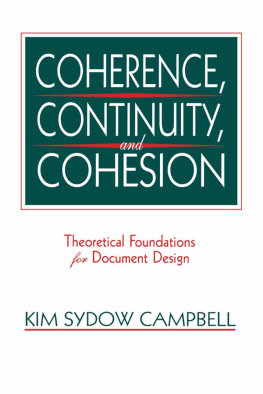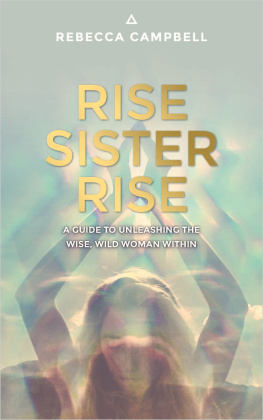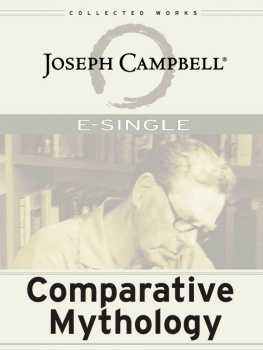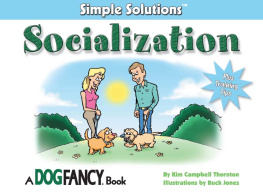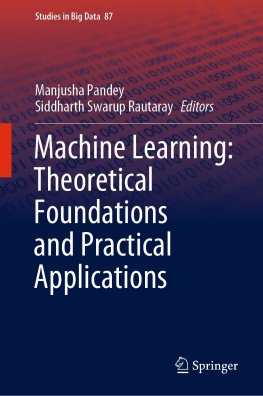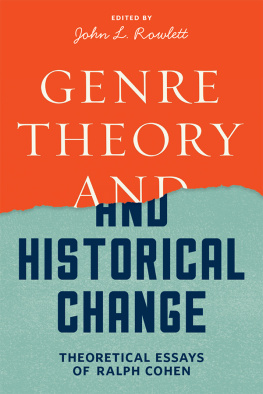Campbell - Coherence, continuity, and cohesion : theoretical foundations for document design
Here you can read online Campbell - Coherence, continuity, and cohesion : theoretical foundations for document design full text of the book (entire story) in english for free. Download pdf and epub, get meaning, cover and reviews about this ebook. City: New York, year: 1995, publisher: Routledge, genre: Romance novel. Description of the work, (preface) as well as reviews are available. Best literature library LitArk.com created for fans of good reading and offers a wide selection of genres:
Romance novel
Science fiction
Adventure
Detective
Science
History
Home and family
Prose
Art
Politics
Computer
Non-fiction
Religion
Business
Children
Humor
Choose a favorite category and find really read worthwhile books. Enjoy immersion in the world of imagination, feel the emotions of the characters or learn something new for yourself, make an fascinating discovery.
- Book:Coherence, continuity, and cohesion : theoretical foundations for document design
- Author:
- Publisher:Routledge
- Genre:
- Year:1995
- City:New York
- Rating:4 / 5
- Favourites:Add to favourites
- Your mark:
- 80
- 1
- 2
- 3
- 4
- 5
Coherence, continuity, and cohesion : theoretical foundations for document design: summary, description and annotation
We offer to read an annotation, description, summary or preface (depends on what the author of the book "Coherence, continuity, and cohesion : theoretical foundations for document design" wrote himself). If you haven't found the necessary information about the book — write in the comments, we will try to find it.
Coherence, continuity, and cohesion : theoretical foundations for document design — read online for free the complete book (whole text) full work
Below is the text of the book, divided by pages. System saving the place of the last page read, allows you to conveniently read the book "Coherence, continuity, and cohesion : theoretical foundations for document design" online for free, without having to search again every time where you left off. Put a bookmark, and you can go to the page where you finished reading at any time.
Font size:
Interval:
Bookmark:
Coherence, Continuity, and Cohesion
Theoretical Foundations for
Document Design
LEA'S COMMUNICATION SERIES
Jennings Bryant/Dolf Zillmann, General Editors
Selected titles in Language and Discourse (Donald Ellis, Advisory Editor) include:
Campbell Coherence, Continuity, and Cohesion:
Theoretical Foundations for Document Design
Ellis From Language to Communication
Ellis/Donohue Contemporary Issues in Language and Discourse Processes
Tracy Understanding Face-to-Face Interaction:
Issues Linking Goals and Discourse
For a complete list of other titles in LEA's Communication Series, please contact Lawrence Erlbaum Associates, Publishers.
Theoretical Foundations for
Document Design
Air Force Institute of Technology, Ohio

Copyright 1995 by Lawrence Erlbaum Associates, Inc.
All rights reserved. No part of this book may be reproduced in any form, by photostat, microfilm, retrieval system, or any other means, without the prior written permission of the publisher.
First published by Lawrence Erlbaum Associates, Inc., Publishers
10 Industrial Avenue
Mahwah, New Jersey 07430
Reprinted 2008 by Routledge
Routledge
Taylor & Francis Group
270 Madison Avenue
New York, NY 10016
Routledge
Taylor & Francis Group
2 Park Square
Milton Park, Abingdon
Oxon OX14 4RN
Library of Congress Cataloging-in-Publication Data
Campbell, Kim Sydow.
Coherence, continuity, and cohesion : theoretical foundations for document design / Kim Sydow Campbell.
p. cm.
Includes bibliographical references and indexes.
ISBN-O-8058-1301-2 (c). ISBN 0-8058-1703-4 (p)
I. Technical writing. I. Title.
T11.C29 1994
| 808.0666dc20 | 94-34527 |
| CIP |
Printed in the United States of America
10 9 8 7 6 5 4 3 2 1
To my parents, Val and Phyllis,
for everything
Most of the work that has resulted in the publication of this book was accomplished during my first two years on the faculty of the Air Force Institute of Technology (AFIT). I want to thank my department head, Professor Bob Weaver, and my current dean, Colonel Tom Schuppe, for allowing me two academic quarters during those first two years in which I was free to pursue the ideas presented here without the distractions of teaching. Thanks to my former student, Captain Joe Swillum, USAF, for performing the briefing that formed the basis of the transcription that appears in ; for moral support; and mostly for his integrity and intelligence; this book would not exist except for his influence and inspiration.
A Research Agenda
Sense has two senses, one perceptual and the other linguistic. We have tried to take care of them both, for we feel the two are not as different as they are sometimes made out to he.
Miller and Johnson-Laird (1976, p. vi)
The quote above from the preface of Miller and Johnson-Laird's landmark book, Language and Perception, led me to formulate the theoretical core of this bookthat the cognitive principles which explain why humans sense unity in a succession of sounds (which therefore constitute a whole musical piece) or in a configuration of visual shapes (which therefore constitute a whole object) are the basis of principles that explain why we sense unity in a string of sentences or a series of computer screens (which therefore constitute a whole text or discourse). More specifically, I will argue that one aspect of discourse coherence, continuity, is analogous to visual and auditory unity, as studied by the Gestalt school of psychologists. In addition, I argue that Gestalt principles like proximity and similarity describe how cohesion is produced through the use of the full range of discourse elements (e.g., from white space and typography to beeps and pauses to parallel syntax to synonymous lexical items and deictic terms). Thus, I believe cohesion produces continuity, one type of coherence, in discourse. More generally, then, it is my premise in this book that humans extend the use of cognitive perceptual principles like that of proximity, originally used in response to interaction with visual and auditory phenomena, to the more complex, relatively late-developing cognitive task of discourse comprehension and production.
The notion that discourse unity might somehow be analogous to auditory and visual perceptions of unity appealed to me mainly because of my practical experience as a technical communication teacher and a scientific editor. In particular, I regularly comment on the design of communication, including the auditory or visual qualities of an oral or written discourse along with its linguistic qualities. As one simple example, I often note that more attention to page layout or design would create a more clearly unified, coherent, and usable discourse (e.g., placing a diagram next to relevant prose in a technical manual). As I document later in this chapter, the practical importance of page design is well recognized by other technical communication professionals.
Although page design might appear to some to be of only trivial intellectual interest, I believe that its influence on a human being's sense of discourse unity must reflect the lawfulness of the human mind. Therefore, I conclude that, like a theory of language, a theory of discourse unity that could account for the unifying effects of visual and auditory as well as linguistic elements might be of great intellectual interest as a contribution to a theory of mind or cognition.
Unfortunately, my training as a linguist offered me no theoretical framework within which I could understand how the full range of elements (e.g., visual as well as linguistic components) are involved in creating unified texts or discourse. Not surprisingly, the unifying role of non-linguistic elements has not often been considered within linguistics and, in terms of linguistic elements, the unifying role of phonological and syntactic elements has been largely ignored in favor of semantic elements. Although I found that psycholinguistic research has indeed considered the effects of non-semantic and even non-linguistic elements, that research provided no general theory or explanation for why those elements enhanced the unity and coherence of discourse. As a consequence, I found no one theory that provided a satisfactory explanation of the relationship among these unifying linguistic and non-linguistic elements. Furthermore, no one theory provided a satisfactory explanation of the role of these elements in establishing coherence.
Therefore, my theoretical knowledge provided no way to account for my intuitive, practical experience until I read Miller and Johnson-Laird's (1976) work, which argues that a significant part of the semantic component of language is founded on perceptual concepts (e.g., the perceptual concepts of motion and direction are the semantic foundation of ascend [motion up], pivot [motion around], and depart [motion away]). These authors, however, concentrated on lexical or word meaning. It is my goal in this book to extend their general assumption about the relationship of perception and language to the level of discourse. The recognition of the relationship between perception and language inspired me to explore the utility of Gestalt theory (which provides perceptual principles describing how auditory and visual unity is achieved) as a theoretical foundation for understanding the role of and relationships among all discourse elements in achieving discourse unity and coherence.
Next pageFont size:
Interval:
Bookmark:
Similar books «Coherence, continuity, and cohesion : theoretical foundations for document design»
Look at similar books to Coherence, continuity, and cohesion : theoretical foundations for document design. We have selected literature similar in name and meaning in the hope of providing readers with more options to find new, interesting, not yet read works.
Discussion, reviews of the book Coherence, continuity, and cohesion : theoretical foundations for document design and just readers' own opinions. Leave your comments, write what you think about the work, its meaning or the main characters. Specify what exactly you liked and what you didn't like, and why you think so.

